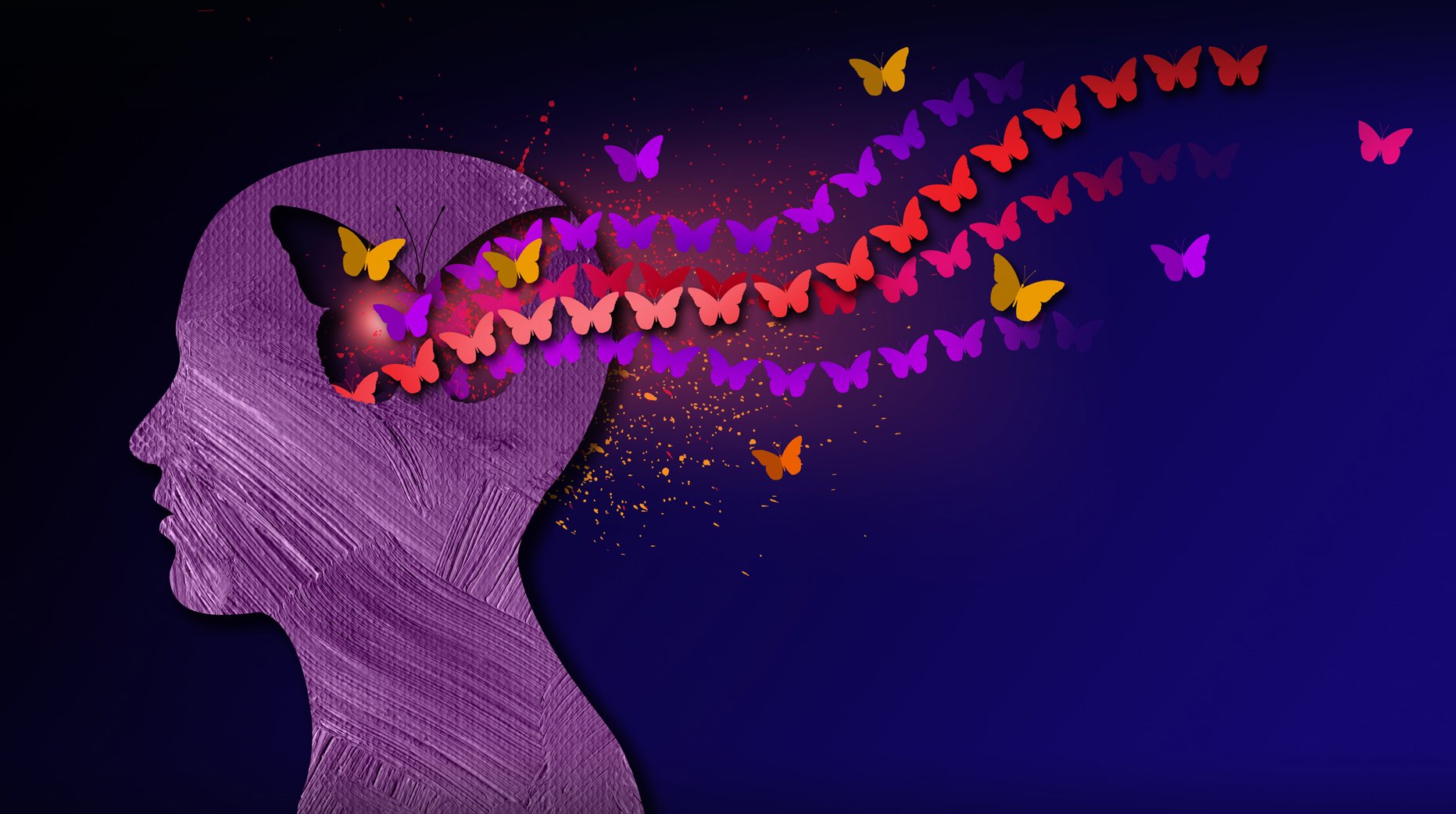
Professor Stephen Asma writes for Aeon on the potentials of a science of the imagination:
Philosophers like Ernst Cassirer and psychologists like Jung focused on the ritual or visual symbol (rather than literal language) as a way of enacting meaning. Images, objects and rituals of mythopoetic cognition are imperative rather than indicative. If we’re immersed, then a dance performance, novel, film drama or religious ritual does not need decoding because our emotional entanglement makes us immediately angry, melancholy, hopeful, resigned, confused, and so on. Emotional contagion (and motor cortex contagion) means the representation is also the thing itself. We can see this most clearly perhaps in first-person gaming and VR immersion scenarios, but also in plays such as Euripides’ The Bacchae or Edward Albee’s Who’s Afraid of Virginia Woolf? (1962) – or, better yet, the time-honoured tradition of hearing a ghost story around a campfire.
In my Art of Ritual courses I encourage students to consider ritual as a participatory narrative art, directly comparable to poetry and storytelling. Professor Asma’s research outlines a phenomenology of the mythopoetic imagination that would be of great benefit to ritualism, among many other endeavors.
